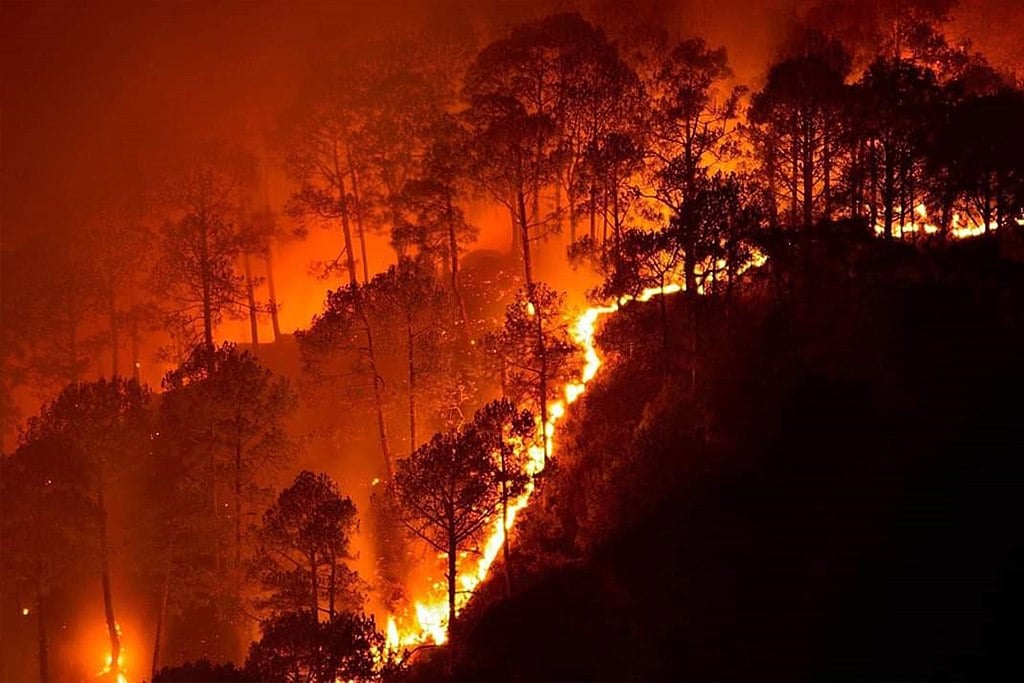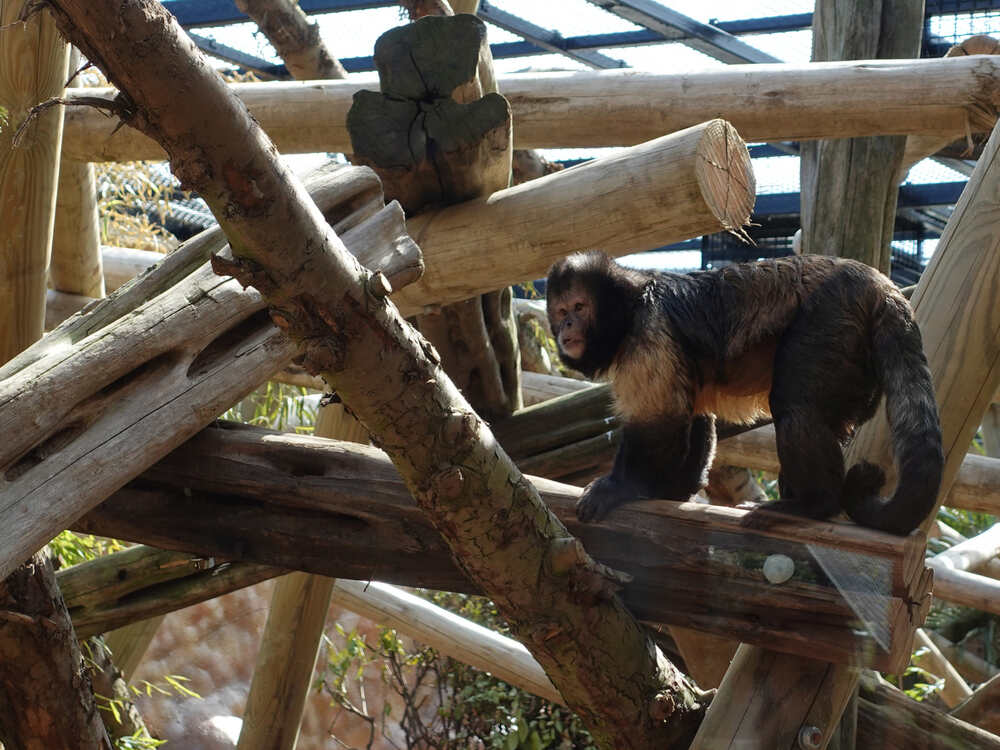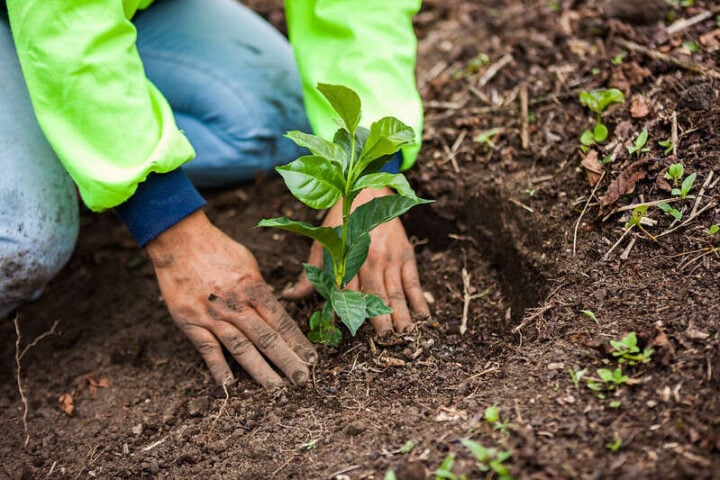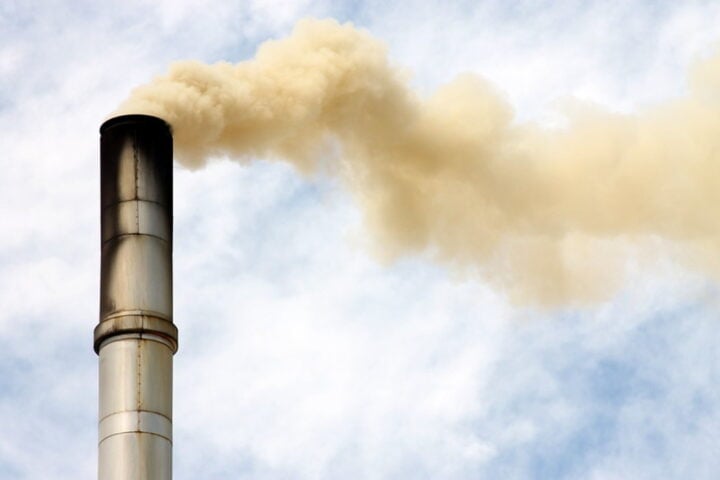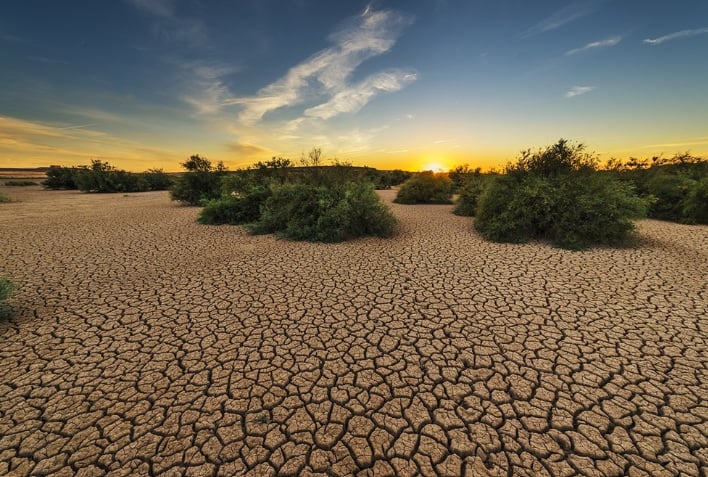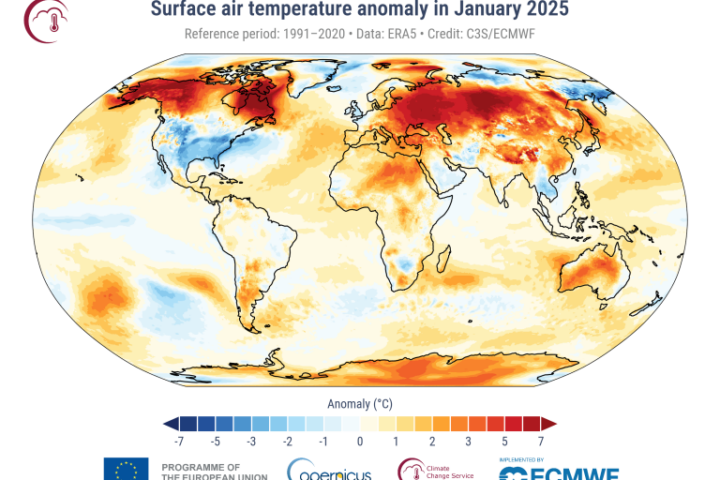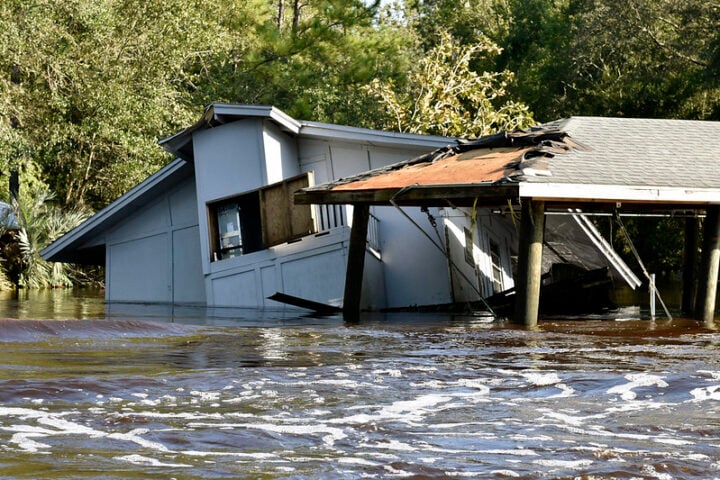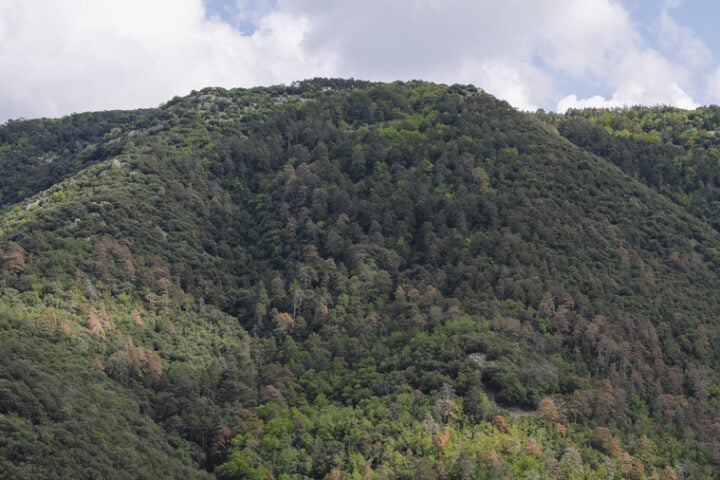Walk through Maharashtra’s forests today and you might smell it before you see it—the acrid scent of wildfire. These aren’t just occasional burns but a troubling escalation of what forest ecologists call “pyrogenic events.” According to the Forest Survey of India’s satellite mapping, Maharashtra has experienced 1,245 large forest fires between January and early April 2025—nearly thrice as many incidents as the 515 that occurred last year during the same timeframe. This puts Maharashtra second nationally for major forest conflagrations, with only Madhya Pradesh experiencing more at 1,743.
The temporal pattern reveals the crisis: February saw 97 major fires, and in March, over 1,000 emerged. Early April added 118 more, with 21 active burns still consuming vegetation when these numbers were tallied. Total fire alerts across all intensity classes were recorded to be 14,106 so far in 2025—up from 11,391 in the same period last year. These forest fires have cost Pune 8 ha of humid primary forests, decreasing its total area by 0.23%.
Fire ecologists recognize spatial patterns in the data. This distribution spans remote wildlands and the wildland-urban interface where forest meets development.
| Combustion Zone | No. of alerts |
| Gadchiroli circle | 3,376 |
| Thane | 1,761 |
| Kolhapur | 1,362 |
| Nagpur | 1,084 |
| Pune | 1,053 |
Nationally, Maharashtra’s 1,245 major fires position the state below Madhya Pradesh’s 1,743 but above Odisha’s 1,178, Chhattisgarh’s 1,045, and Tripura’s 851. All of India has experienced 11,908 major wildfire events since 2025 began.
“99% of the forest fires in Maharashtra are man-made,” explains Umesh Verma, Deputy Conservator of Forests (Protection). It is believed that these aren’t random ignitions but largely anthropogenic disturbances tied to economic activities—specifically the practice of burning tendu (Indian Ebony) and mahua (butter tree) leaf litter for harvesting efficiency.
“That is why we see an escalation in forest fires in central Maharashtra,” Verma notes, drawing the connection between economic motivations and fire distribution patterns. An increase in forest fire alerts has been observed even in the past 7 days, with Maharashtra receiving 2,153 SNPP alerts.
The topographic complexity compounds the problem. Rugged terrain creates what fire managers call “access limitations”—preventing rapid initial attack by firefighting teams. When crews can’t reach remote areas quickly, small surface fires evolve into crown fires with higher flame lengths and faster speed rates.
Climate factors serve as force multipliers. Gurudas Nulkar, who directs the Centre for Sustainable Development at Gokhale Institute, observes: “We are currently studying the reasons behind large-scale fires in the Sahyadris. Farmers tend to burn the dry grass during summer, allowing for a fresh patch for their cattle to graze on.”
Similar Posts
Experts in the field conclude that reduced soil moisture retention affects germination patterns and creates abnormal fuel loads of seasonal grasses. These fine fuels cure during summer, becoming highly combustible with low ignition thresholds.
The ecological cascade effects extend through trophic levels. “Slow-moving insect populations are wiped out due to the fires, leading to biodiversity loss,” Nulkar explains. “In urban areas, littering can contribute to forest fires, releasing dioxins into the air from burning plastics. This disrupts the natural cycle and contaminates the soil.”
The Maharashtra Forest Department has implemented technological countermeasures. Their GIS-based portal utilizes remote sensing data and eight years of historical fire information to monitor high-risk zones. This spatial decision support system allows field divisions to conduct vulnerability assessments and deploy resources proactively, not reactively.
Looking ahead, the department is exploring artificial intelligence applications to enhance predictive capabilities across all divisions. This represents an evolution from reactive suppression toward proactive fire management using advanced technology.
Regulatory frameworks include disincentives for fire-causing behaviors. “When it comes to tendu leaves, we have the provision of revoking dealers’ licences if they indulge in any burning activity,” Verma states, establishing economic consequences for harmful practices.
For the wildland-urban interface near Thane and Pune, the department needs to maintain “a 24/7 control room, equipment and necessary training to resolve the issue”, emphasizes Verma, reinforcing that “awareness remains key to check such practices,” and acknowledging education’s role alongside enforcement.

The numbers tell us 2025 brings intensified challenges for Maharashtra’s forests. With fire incidents tripling year-over-year and clear hotspots identified, the situation requires integrated fire management approaches combining human behavioral change, technological tools, and ecosystem understanding.
It is evident that forest management evolves over decades, one truth remains: our forests—these complex, interconnected ecosystems—require protection systems equally sophisticated. Maharashtra’s response to this fire season will determine whether these vital carbon sinks and biodiversity reservoirs can recover from the disruption captured in these sobering statistics.
